GPS RTK Land Survey Guide for Precise Positioning
Explore all the benefits of Precise Positioning for your company
3.98 (54 reviews)
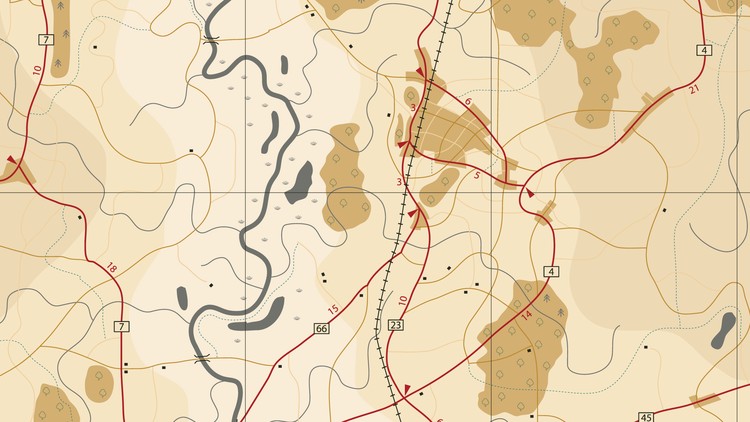
266
students
2 hours
content
Aug 2022
last update
$44.99
regular price
What you will learn
Learn the basic of GPS positioning
Explore the benefits of Precise Positioning in their industry
Perform faster surveys
Select the ideal equipment configuration for surveys
Screenshots
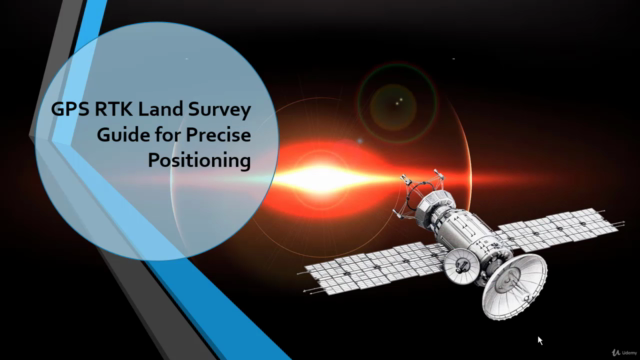
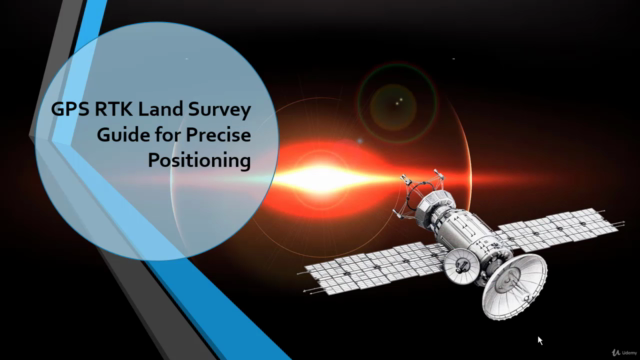
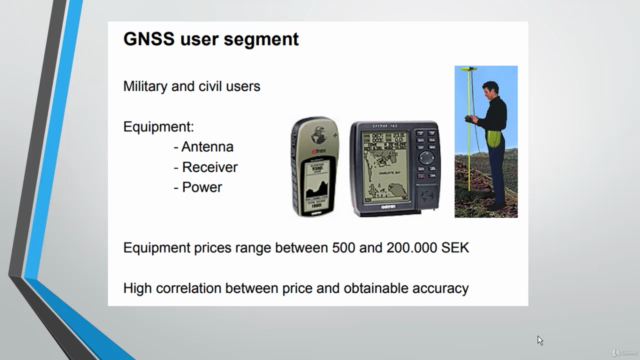
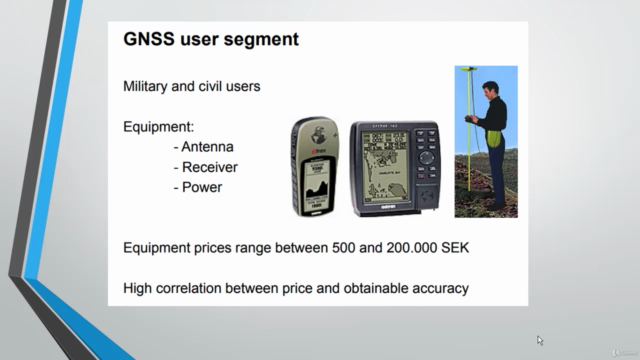
Related Topics
1656088
udemy ID
4/21/2018
course created date
11/23/2019
course indexed date
Bot
course submited by